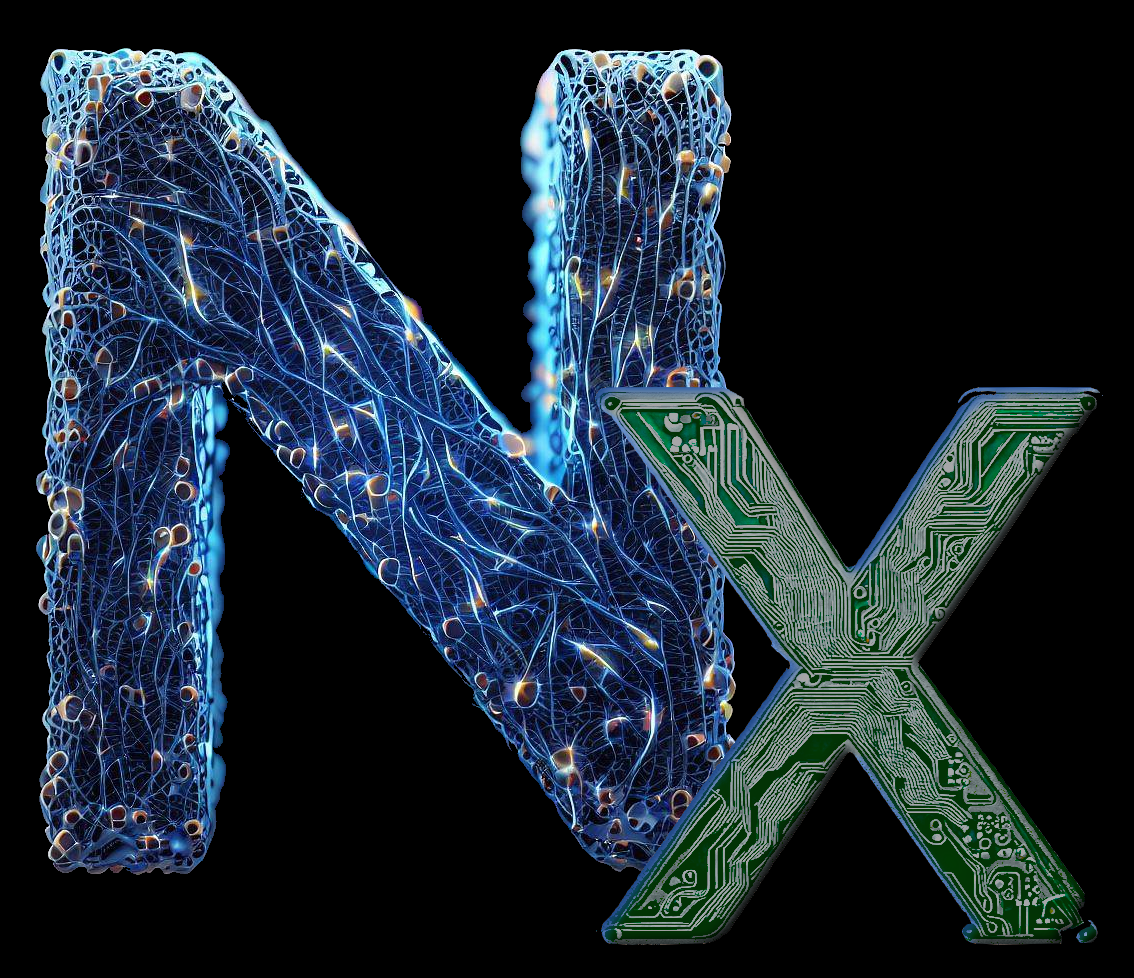I’ve heard of immutable OS’s like Fedora Silverblue. As far as I understand it, this means that “system files” are read-only, and that this is more secure.
What I struggle to understand is, what does that mean in practical terms? How does installing packages or configuring software work, if system files can’t be changed?
Another thing I don’t really understand is what the benefits as an end user? What kinds of things can I do (or can be done by malware or someone else) to my Arch system that couldn’t be done on an immutable system? I get that there’s a security benefit just in that malware can’t change system files – but that is achieved by proper permission management on traditional systems too.
And I understand the benefit of something declarative like NixOS or Guix, which are also immutable. But a lot of OS’s seem to be immutable but not purely declarative. I’m struggling to understand why that’s useful.
An immutable distro, to my understanding, locks core components of Linux (mainly /sys afaik) from interaction from not only bad actors but also the user so that you can’t fuck up you’re system in a way like Linus from LTT (removing X11 by forcefully ignoring all warnings). Applications can be installed as Flatpak, AppImage, Snap or through OverlayFS from regular repositories.
Advantages to (non- tech savvy) users are an additional layer against their own mistakes and easier support since the important stuff is identical on every install of the given distro.
This is, IMO, the biggest yet least obvious advantage of immutable systems. A traditional Linux environment is “just as safe” as the immutable setups, if only the user/administrator is perfect, never makes a mistake, and always makes the right decisions for now and the future.
Given reality tends to differ from the above, having a system that, at a bare minimum, provides you the “oh shit go back” button to system-level changes, and at best provides a clear, reproducible, trail of actions, is a huge advantage for long-term stability for all users, experienced or not. I’ve been through the school of hard knocks far too many times maintaining everything from server setups to gaming desktops the traditional way, and have committed to “early adopting” immutable distros for pretty much everything except the gaming setup (given the whole suite of proprietary and out-of-date/out-of-touch applications that are basically necessary in that space and not-fully-compatible with the sandboxes and abstraction layers necessary).
I’m generally a Windows user, but on the verge of doing a trial run of Fedora Silverblue (just need to find the time). It sounds like a great solution to my… complicated… history with Linux.
I’ve installed Linux dozens of times going back to the 90s (LinuxPPC anyone? Yellow Dog?), and I keep going back to Windows because I tweak everything until it breaks. Then I have no idea how I got to that point, but no time to troubleshoot. Easily being able to get back to a stable system that isn’t a fresh install sounds great.
You can also check btrfs and snapper
I’ve been using the same distro for at least 4 years now and I haven’t ever had any issues. Fedora on a desktop at home. It’s very stable. You don’t even need to know too much… although obviously knowing your way around the terminal and knowing some basic things about Linux helps
You don’t understand what it’s like for people who love to fiddle with settings and options without knowing what they do
applications are installed with flatpak - basically little containers that contain everything a program needs. sort of like docker
so normally if you wanna install something - let’s say minecraft. you would also need to install java. the flatpak for minecraft would have java inside of it so it can be run in its own little container and you don’t need to install either
It’s not just about malware, but more about system stability and avoiding breaking your system by bad updates. Updates are atomic (all or nothing) Ideally if something goes wrong, the update isn’t applied at all. If you manage to boot to a bad config, you can fix it by rebooting in to the previous known good config.
This is immensely valuable for appliance-type devices that aren’t meant to be “administered” by end users, like the Steam-deck, set top boxes, even Android phones. For laptops / desktops I’m sure it has some value for people who want a stable base, with newer flatpak/AppImages for day to day use.
As for how updates and system packages are installed, I can’t answer the specific technologies used, but I believe the principle is that an entirely new/complete filesystem “image” is created / layered on top. Then you reboot to the new image.




